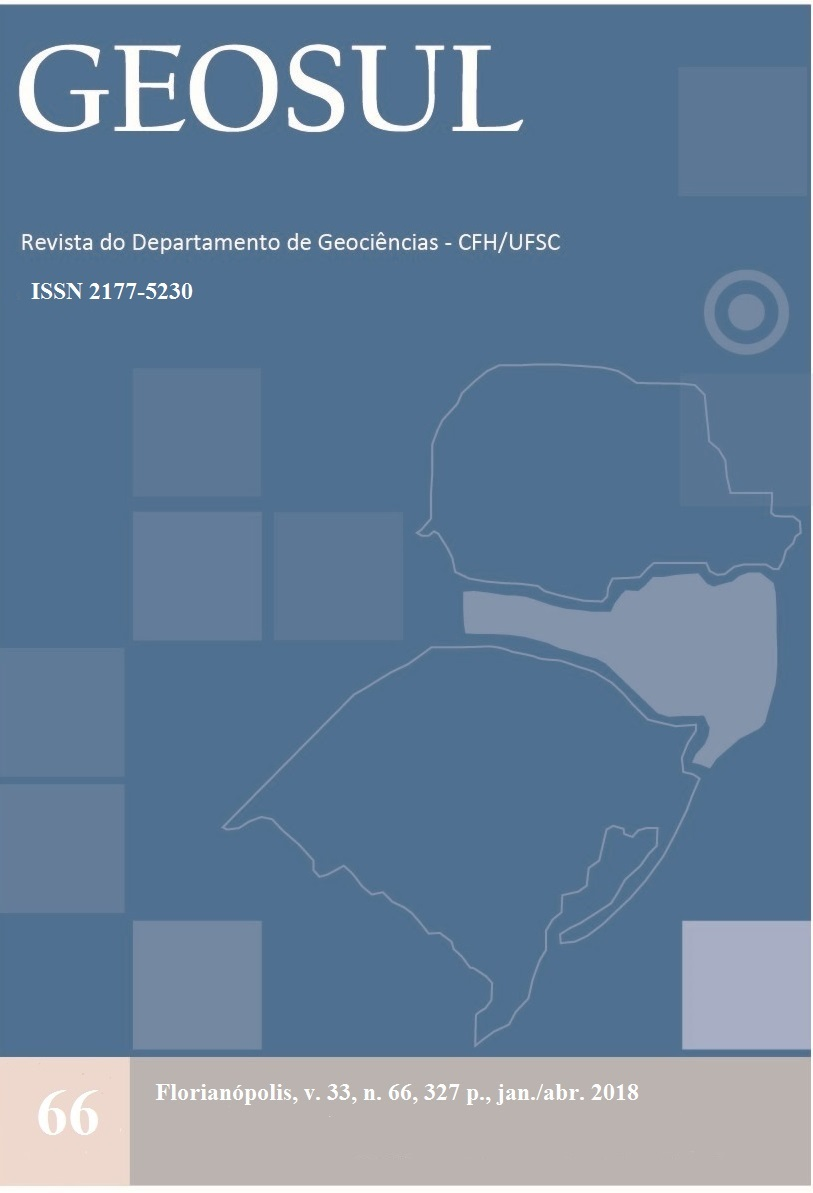Padrão e determinantes da infraestrutura urbana das microrregiões brasileiras
DOI:
https://doi.org/10.5007/2177-5230.2018v33n66p262Resumo
Uma melhor infraestrutura urbana está associada com melhores índices de desenvolvimento. Nessa perspectiva, esta pesquisa procura encontrar os fatores do desenvolvimento urbano das microrregiões brasileiras. Para isso, utilizou-se a análise fatorial para encontrar padrões de desenvolvimento relacionados à infraestrutura urbana. Em seguida foi construído um índice permitindo ordenar as 558 microrregiões brasileiras e classificá-las em alto, médio e baixo grau de infraestrutura urbana. Foi possível extrair cinco fatores que explicam 72,58% da variância total dos dados. A maioria das microrregiões foi classificada com baixo grau de infraestrutura urbana, enquanto 14,69% das microrregiões foram classificadas com alto grau de infraestrutura, estando a maior parte na região Sudeste. Os estados de São Paulo e Minas Gerais lideraram o ranking com o maior número de microrregiões com alto grau de infraestrutura urbana. O contrário ocorreu para a região Norte, a qual não obteve microrregiões com alto grau de infraestrutura.
Downloads
Publicado
Edição
Seção
Licença

Este trabalho está licenciado com uma Licença Creative Commons - Atribuição 4.0 Internacional.





